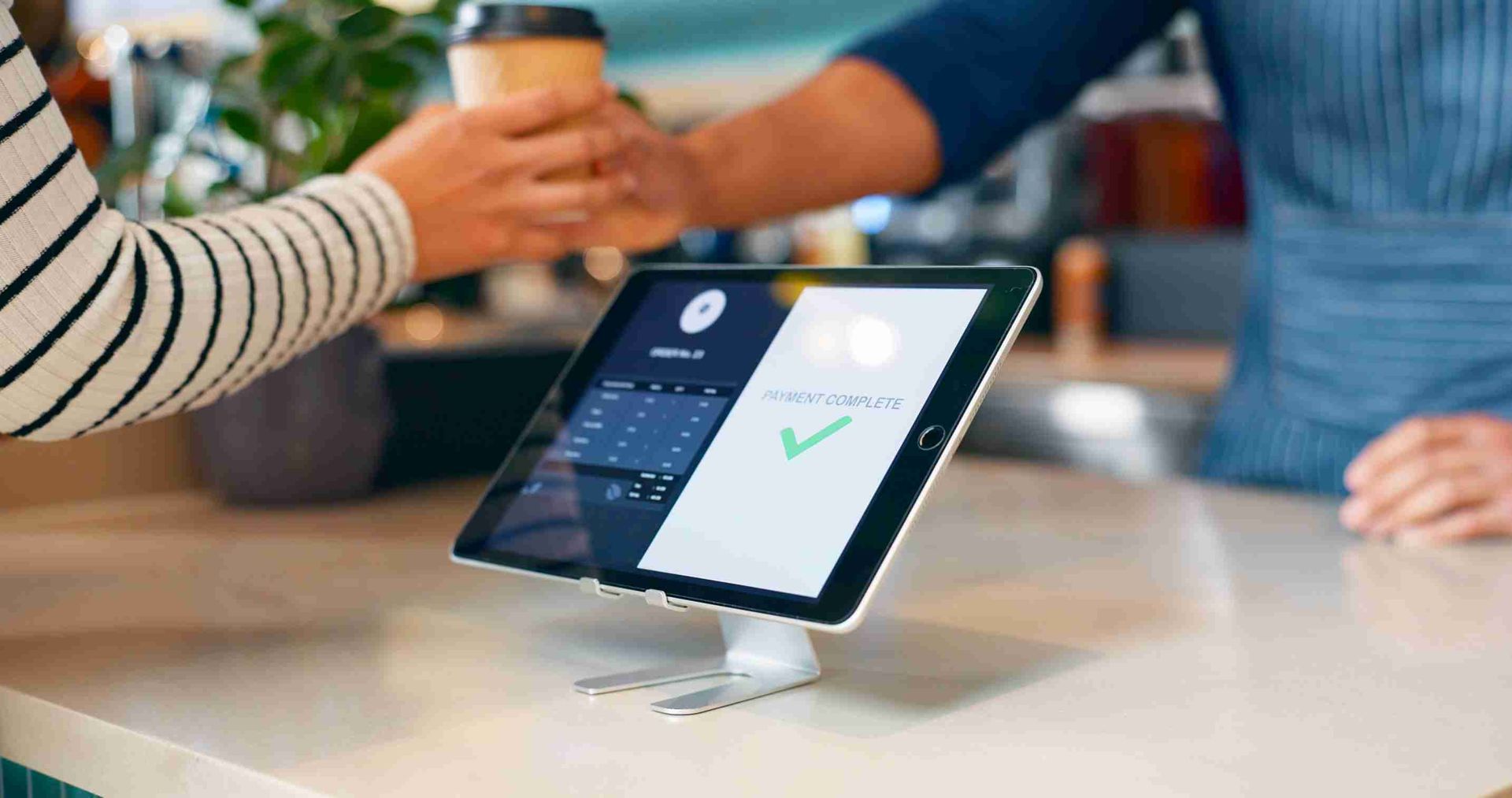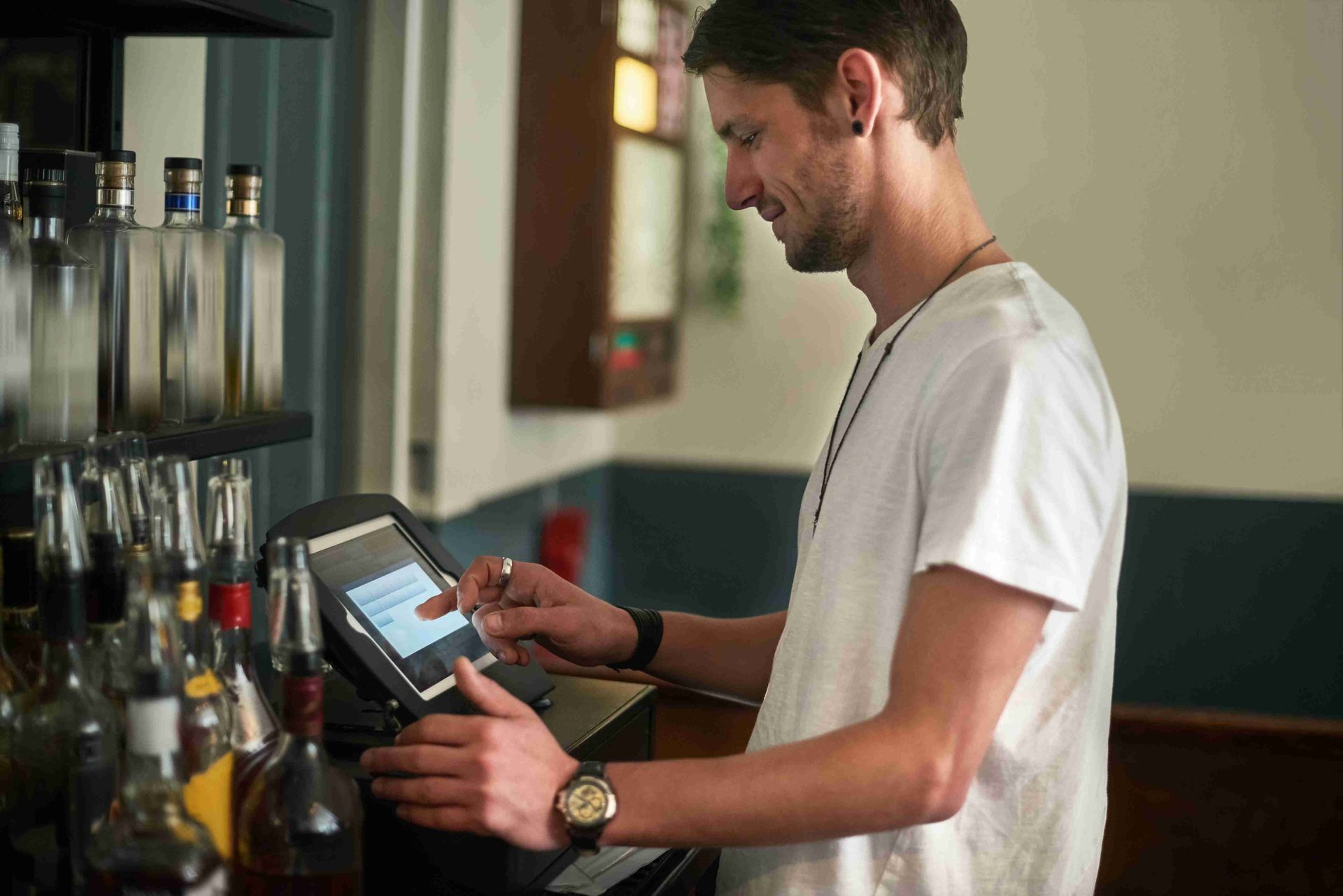Which Online Order Option is Best for Your Restaurant: Third-Party or In-House?
It’s no secret that online ordering has become the standard, and it’s not slowing down anytime soon.
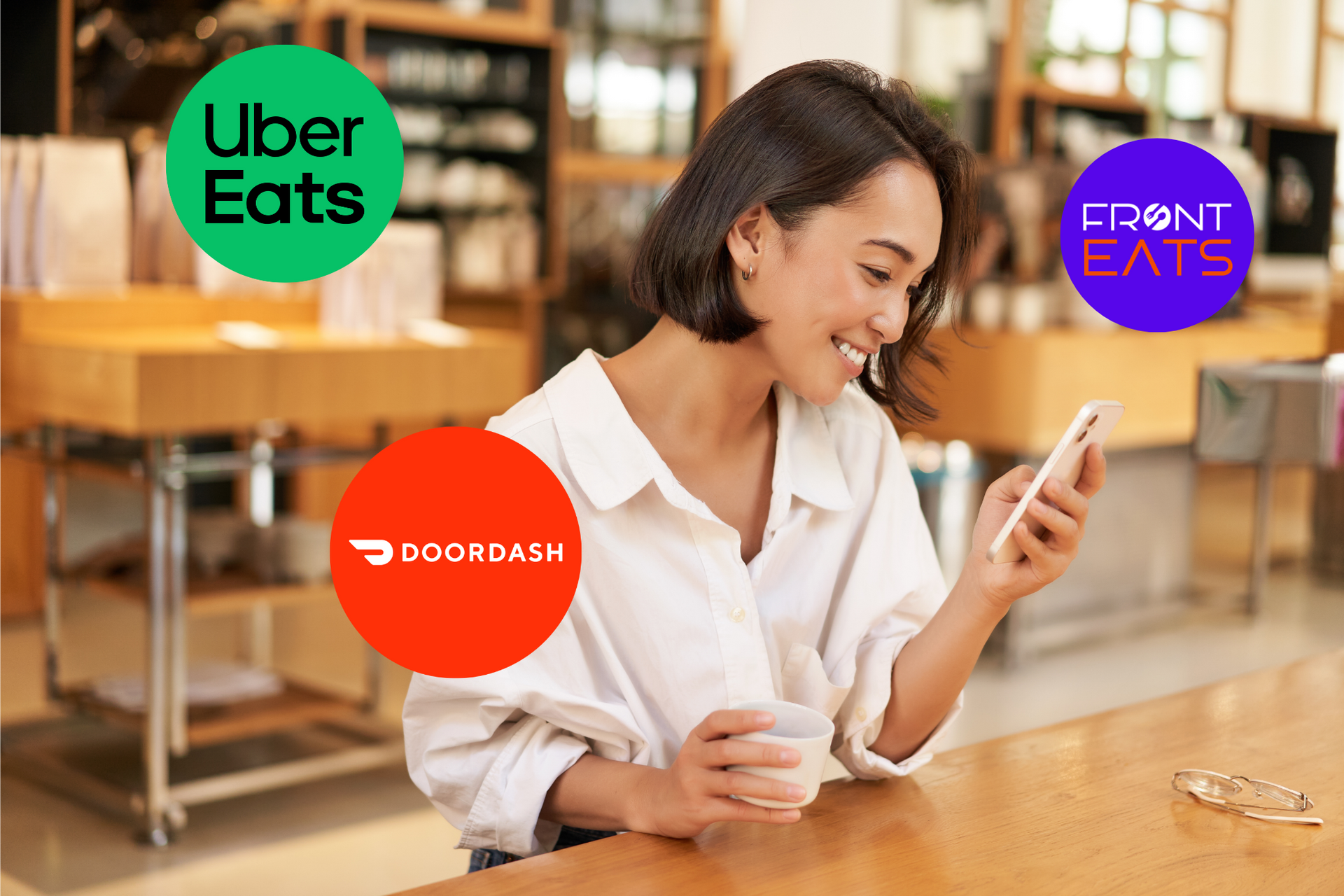
Takeout and delivery services are now making up a huge portion of the revenue stream for restaurants. Especially in today's economy, customers are more price-conscious than ever and are prioritizing convenience in their dining choices.
Whether it’s a busy family ordering dinner or someone grabbing lunch on the go, people love the ease of getting their favorite meals with just a few taps on their phone. And if you’re not already offering online ordering, you’re leaving money on the table.
According to the National Restaurant Association’s State of the Restaurant Industry 2024 report, 43% of full-service restaurants and 55% of limited-service spots have seen a huge jump in off-premise sales over the last five years.
Even better? Over a third of restaurant owners expect those numbers to keep climbing this year. That’s a lot of potential revenue that every restaurant should easily jump on the first opportunity they get.
But I get it—figuring out how to get started can feel overwhelming.
Should you go with a third-party app like UberEats, DoorDash, and Grubhub? Or build your own system? Or maybe a mix of both? It’s enough to make your head spin.
Don’t worry, though—we’re here to help you sort it out and find the best solution for your restaurant. Let’s make sure you’re not just keeping up with the competition but staying ahead of it.
Understanding Third-Party Delivery Services
Let’s start with the biggest players out there: Uber Eats, DoorDash, and Grubhub. These platforms have made it incredibly easy for restaurants to jump into the delivery game without having to build their own system from scratch. But are they the right fit for your restaurant?
Benefits of Third-Party Delivery
1. Wider Reach
Third-party delivery platforms often have established customer bases and robust marketing efforts, allowing restaurants to reach a broader audience without investing in their own marketing. This is especially beneficial for new restaurants looking to gain visibility.
2. Quick Setup
Getting started with third-party delivery is usually quick and straightforward. Restaurants can often sign up and begin receiving orders within days, avoiding the lengthy process of building an in-house delivery system.
3. Reduced Staffing Needs
By utilizing a third-party service, restaurants don’t need to hire and train delivery drivers. This can significantly reduce labor costs and administrative headaches.
4. Focus on Core Business
With third-party delivery handling logistics, restaurant owners can focus on what they do best—preparing delicious food and providing excellent customer service.
The Third-Party Delivery Dilemma
Despite the convenience of third-party delivery apps like Uber Eats, DoorDash, and Grubhub, the statistics show that only 6% of customers prefer third-party delivery apps, while a notable 22% said they favor a restaurant’s own delivery app or channel.
This begs the question: Why are third-party delivery apps losing favor with customers?
1. High Fees for Customers and Restaurants
One of the biggest complaints about third-party delivery services is the high fees they impose on both consumers and restaurants. Uber Eats and DoorDash both charge restaurants up to a 30% commission fee for delivery orders. This fee, along with other charges, not only significantly reduce restaurant profits, but these fees also increase the cost of an order by a significant margin for the customer. Ultimately, leading many customers to seek out cheaper alternatives—namely, ordering directly from the restaurant.
2. Loss Control For Restaurants
When a restaurant relies on a third-party app, they lose a degree of control over the customer experience. Third-party drivers may not adhere to the same quality standards, which can lead to late deliveries, cold food, or other issues that reflect poorly on the restaurant, even though it’s not directly their fault. This inconsistency can damage customer loyalty and trust in the restaurant, even if the fault lies with the delivery service.
3. Brand Dilution
When customers order through third-party apps, they are interacting with the third-party brand, not the restaurant itself. This dilutes the restaurant’s brand identity and weaken the connection between the customer and the restaurant. In contrast, a restaurant-owned app helps to reinforce the brand at every touchpoint.
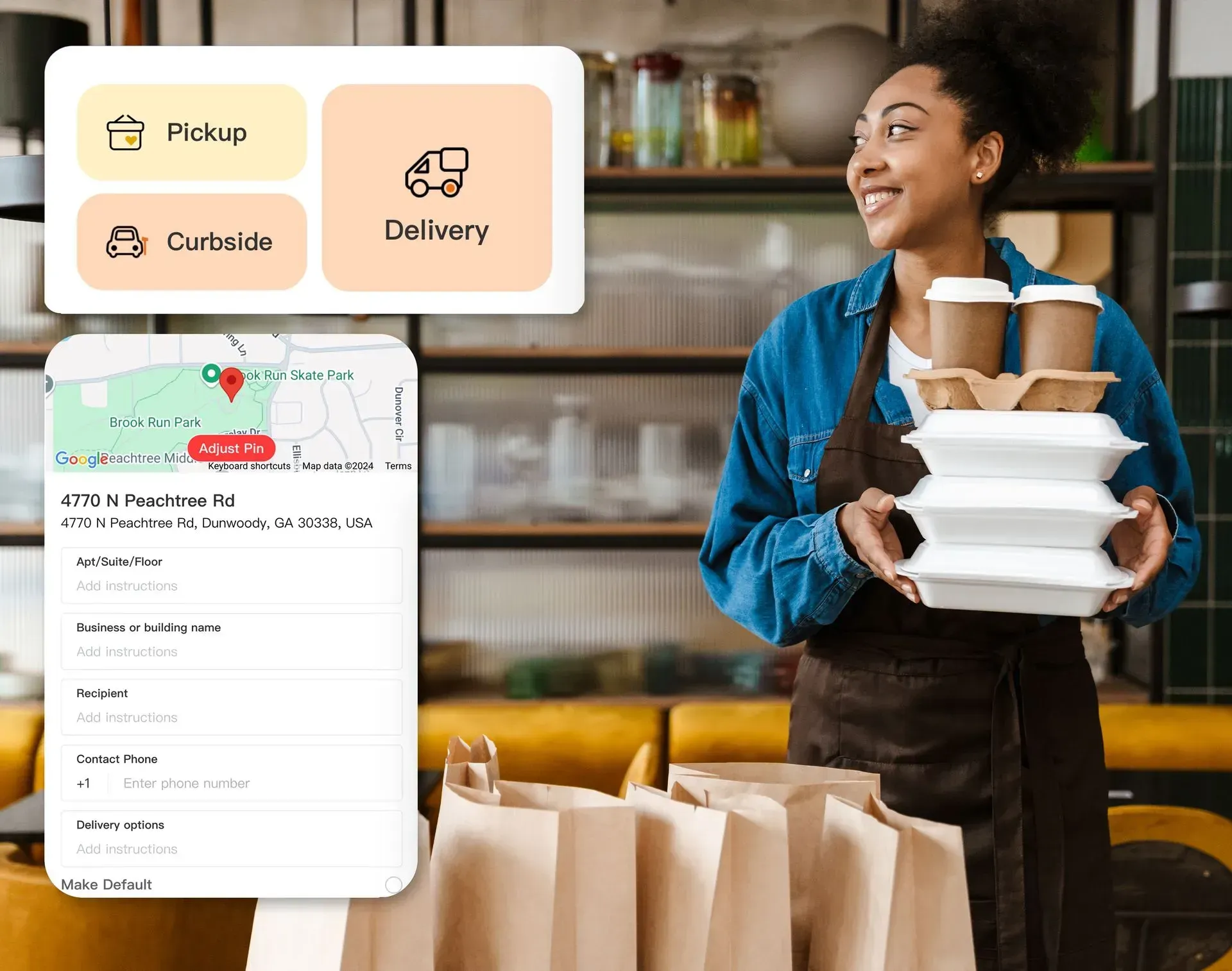
The Rise of Restaurant-Owned Online Order Apps
Fed up with the limitations of third-party delivery platforms, restaurants are stepping up and taking control of their own destiny. Instead of relying on middlemen, they’re rolling out their own delivery solutions—and customers are loving it.
How do we know?
Well, while only 6% of diners say they prefer third-party apps, a whopping 22% are choosing to order directly through a restaurant’s app or website. That’s a big shift, and it’s not happening by accident.
This isn’t just a trend—it’s a full-blown movement.
By having their own platforms, restaurants are in control: creating a smoother, more personalized experience for their customers.
No more markups, no more lukewarm meals, and no more wondering who’s to blame when something goes wrong.
Customers get better service, lower prices, and a stronger connection to the brands they love. Meanwhile, restaurants regain control over their operations, their profits, and most importantly, their customer relationships.
It’s a win-win. And as the food delivery landscape continues to evolve, one thing is clear: the future belongs to restaurants that own the entire customer journey, from the first click to the final bite.
But why is this happening? What’s driving this shift away from the convenience of third-party apps?
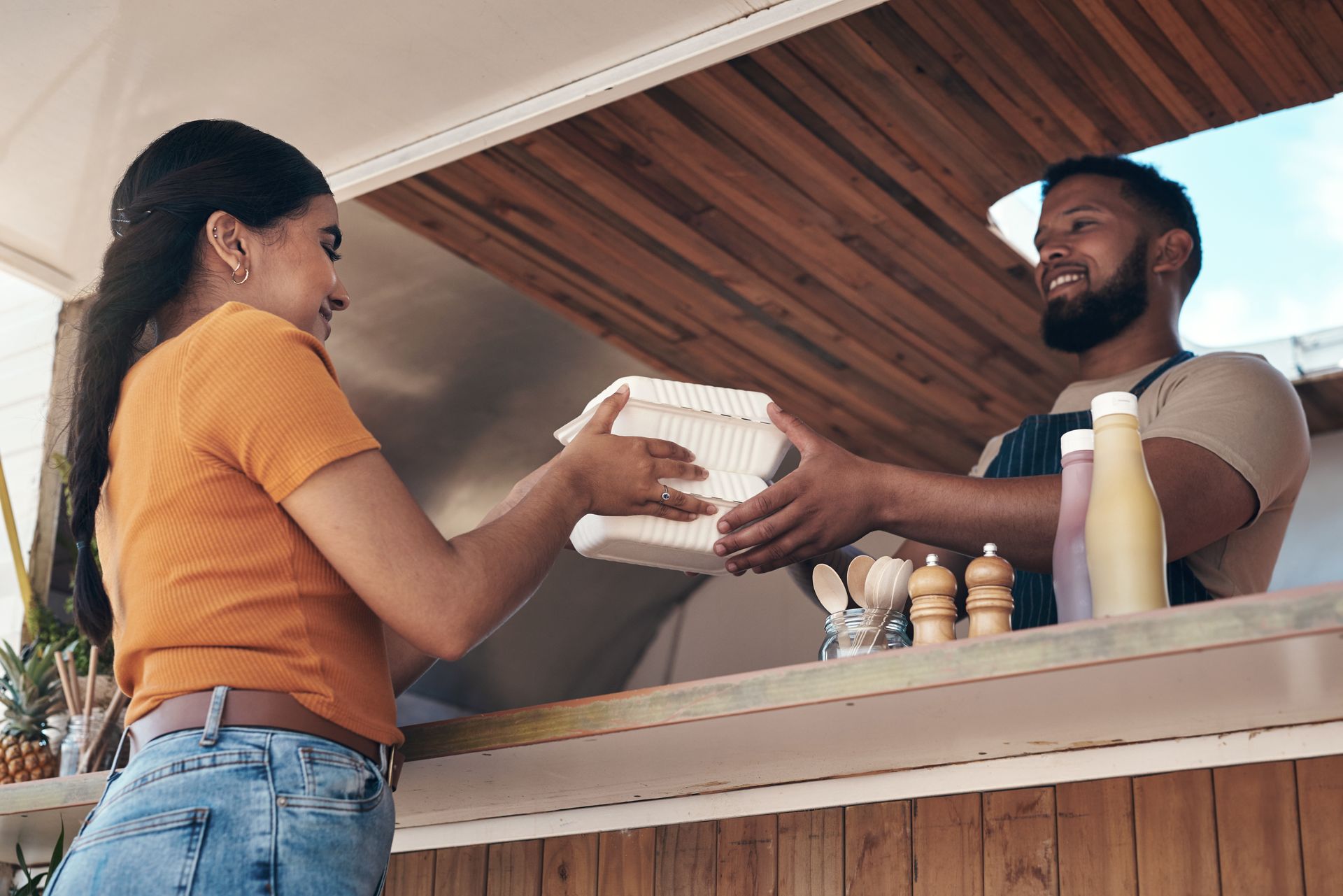
Benefits of Restaurant-Owned Delivery Apps
1. Direct Relationship
Customers prefer a direct line of communication with the restaurant, knowing they are supporting the business directly. This is especially important for local and small businesses, where customers feel a connection to the establishment.
Owning the delivery platform means the restaurant has access to valuable customer data, such as order preferences, frequency of orders, and customer feedback. This data can be used to refine menu offerings, launch targeted marketing campaigns, and improve overall service.
2. Higher Quality of Service
When using a restaurant’s own app, customers often receive better service compared to third-party apps. This is because the restaurant has full control over the experience, from the quality of the food to delivery times. It has full control over customer interactions. This means restaurants can offer tailored promotions, loyalty rewards, and discounts to keep customers coming back. Personalized offers can encourage repeat business and foster a deeper relationship between the restaurant and its customers.
3. Customization and Loyalty Programs
Restaurant apps often come with added features like loyalty programs, discounts, and the ability to customize orders in a way that third-party apps may not allow. Frequent customers can enjoy perks, building a stronger relationship between the customer and the business.
With a restaurant-owned app, every aspect of the ordering process is branded, from the interface to the delivery packaging. This consistency strengthens the restaurant’s brand identity and ensures that the customer experience is aligned with the restaurant’s values.
4. Increased Profits & Lower Fees for Consumers
Third-party delivery services often tack on extra fees, sometimes significantly increasing the total cost of an order. By cutting out third-party delivery apps, restaurants can save on the hefty commission fees these platforms charge. These savings can either be passed along to customers in the form of lower delivery fees, or they can go straight to improving the restaurant’s bottom line. Either way, it's a win for both the restaurant and its customers.
5. More Accurate Orders
Restaurant-owned apps typically allow for better customization, fewer order errors, and real-time updates on the status of the delivery. Customers know exactly what they’re getting, which enhances the overall experience.
Challenges of In-House Delivery
1. Initial Investment
Setting up an in-house delivery service requires a significant initial investment in technology, staff, and marketing. This can be a barrier for some restaurants, particularly those with limited budgets.
2. Logistical Complexity
Managing delivery logistics can be challenging. Restaurants need to handle everything from hiring and training drivers to scheduling deliveries and maintaining customer satisfaction.
3. Market Saturation
In-house delivery requires effective marketing to attract customers away from established third-party platforms. Restaurants may struggle to compete against the visibility and convenience that these apps provide.
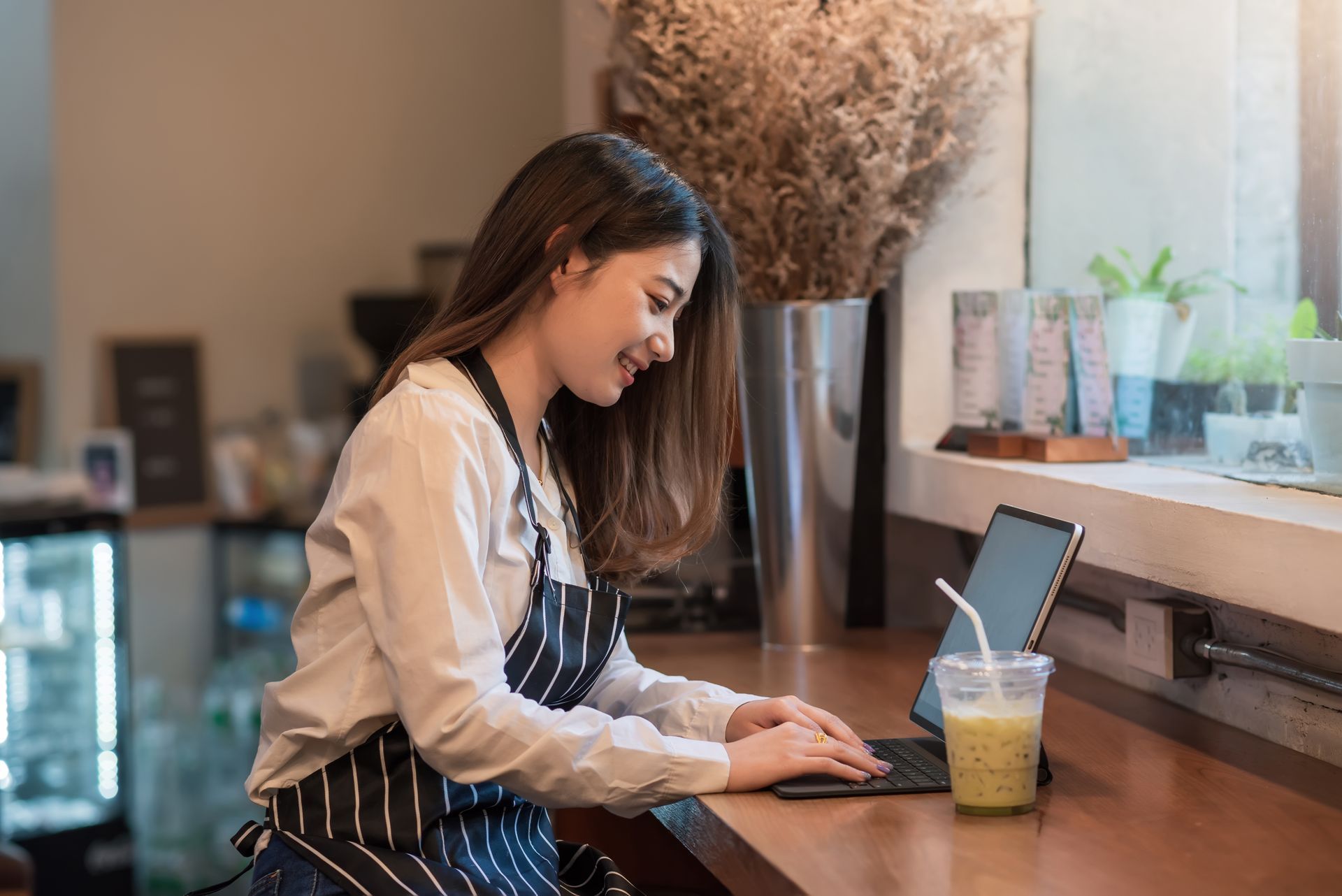
Making the Right Choice for Your Restaurant
Ultimately, the decision between third-party delivery and in-house delivery will depend on several factors unique to your restaurant, including your budget, customer base, and operational capabilities. Here are some key considerations to help you make an informed choice:
- Assess Your Target Market: Understanding your customer base is crucial. Are they tech-savvy individuals who frequently use third-party apps, or do they prefer supporting local businesses? Conducting surveys or analyzing customer behavior can provide valuable insights into which delivery option might resonate more with your audience.
- Analyze Financial Implications: Consider the financial aspects of both options. Calculate potential delivery fees, estimated revenue from in-house deliveries, and any additional costs involved in setting up an in-house service. A detailed financial analysis can help you weigh the pros and cons of each approach.
- Evaluate Your Operational Capacity: Take stock of your restaurant’s operational capacity. Do you have the resources to manage an in-house delivery service, or would utilizing a third-party platform be more efficient? It’s essential to choose an option that aligns with your current capabilities and future goals.
- Consider Hybrid Solutions: Some restaurants have found success with a hybrid model, utilizing both third-party delivery services and in-house delivery. This allows them to reach a broader audience while maintaining control over certain deliveries. A hybrid approach can provide flexibility and adaptability in a rapidly changing market.
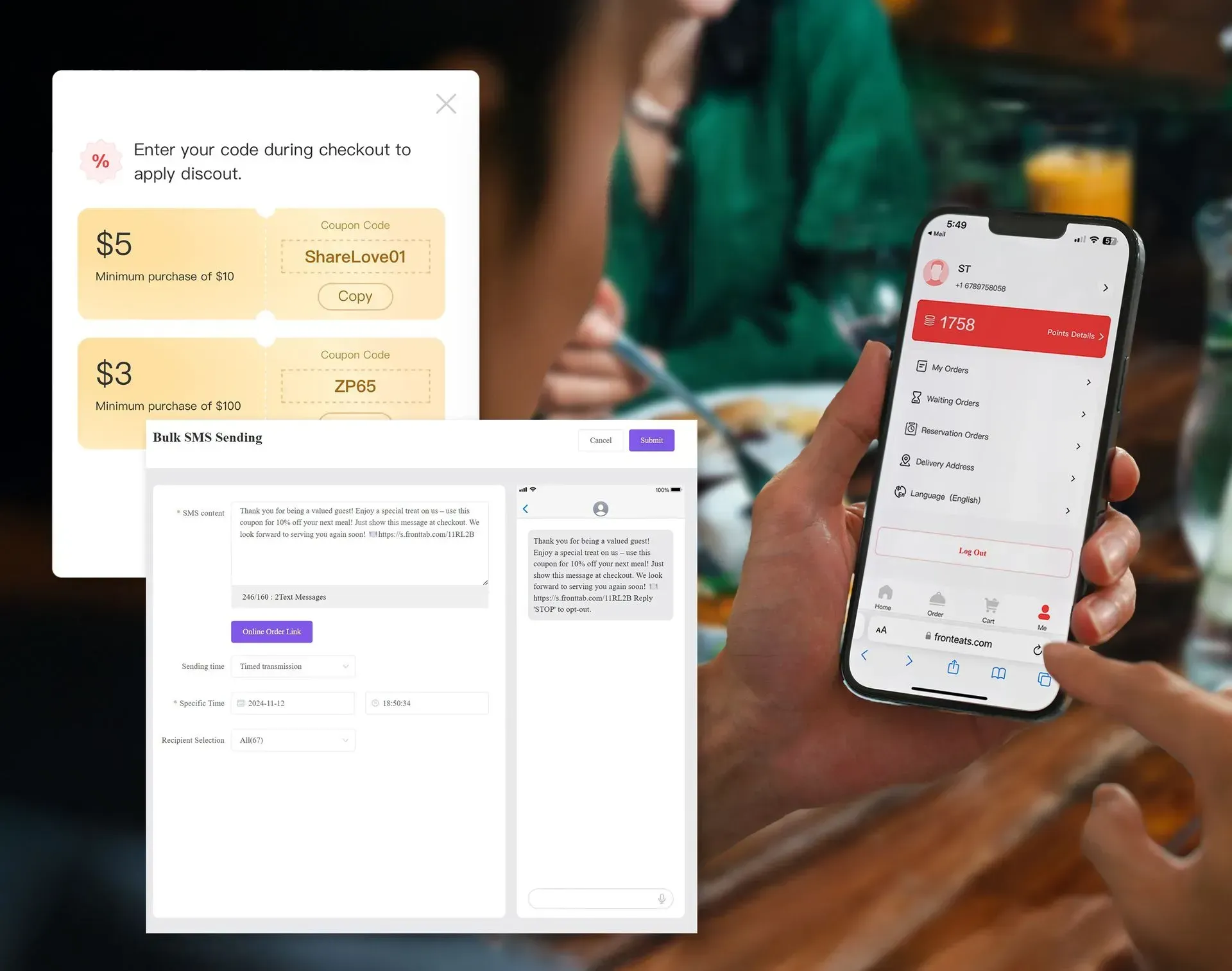
Conclusion: Finding the Best Delivery Solution
So, what’s the best way to handle delivery for your restaurant? The truth is, there’s no one-size-fits-all answer. Third-party apps might seem like the easy choice, but they come with hefty fees and less control over your customer experience. On the other hand, setting up your own in-house delivery system can feel daunting—but it doesn’t have to be.
With ZBS POS, our in-house online ordering app, Front Eats, you get the best of both worlds: the ease of third-party apps and the power of owning your direct customer relationships—without breaking the bank or investing a ton of time.
Front Eats lets you keep your profits (no more 20-30% fees!) while offering a fully customizable, on-brand ordering experience for your customers. It’s simple to use for both you and your guests, with seamless integration into your ZBS POS system. Plus, you’ll own your customer data, giving you the tools to create personalized promotions and build loyalty.
But it doesn’t stop there. Front Eats also comes with a built-in loyalty program to help you gain and retain customers. Reward your regulars, encourage repeat visits, and turn first-time buyers into lifelong fans—all while keeping costs lower for you and your guests.
Why let third-party platforms take a cut of your success when you can keep it all for yourself? With Front Eat’s, you’re not just keeping up with the competition—you’re staying ahead of it.
With 22% of consumers already preferring to order directly from a restaurant’s own app or website, investing in a solution like Front Eat’s isn’t just about keeping up—it’s about standing out. It’s about building stronger relationships with your customers, boosting brand loyalty, and keeping more of your hard-earned revenue.
Learn more about how ZBS’s online ordering solutions can help boost and save your restaurant money. Contact us at var@zbspos.com.




